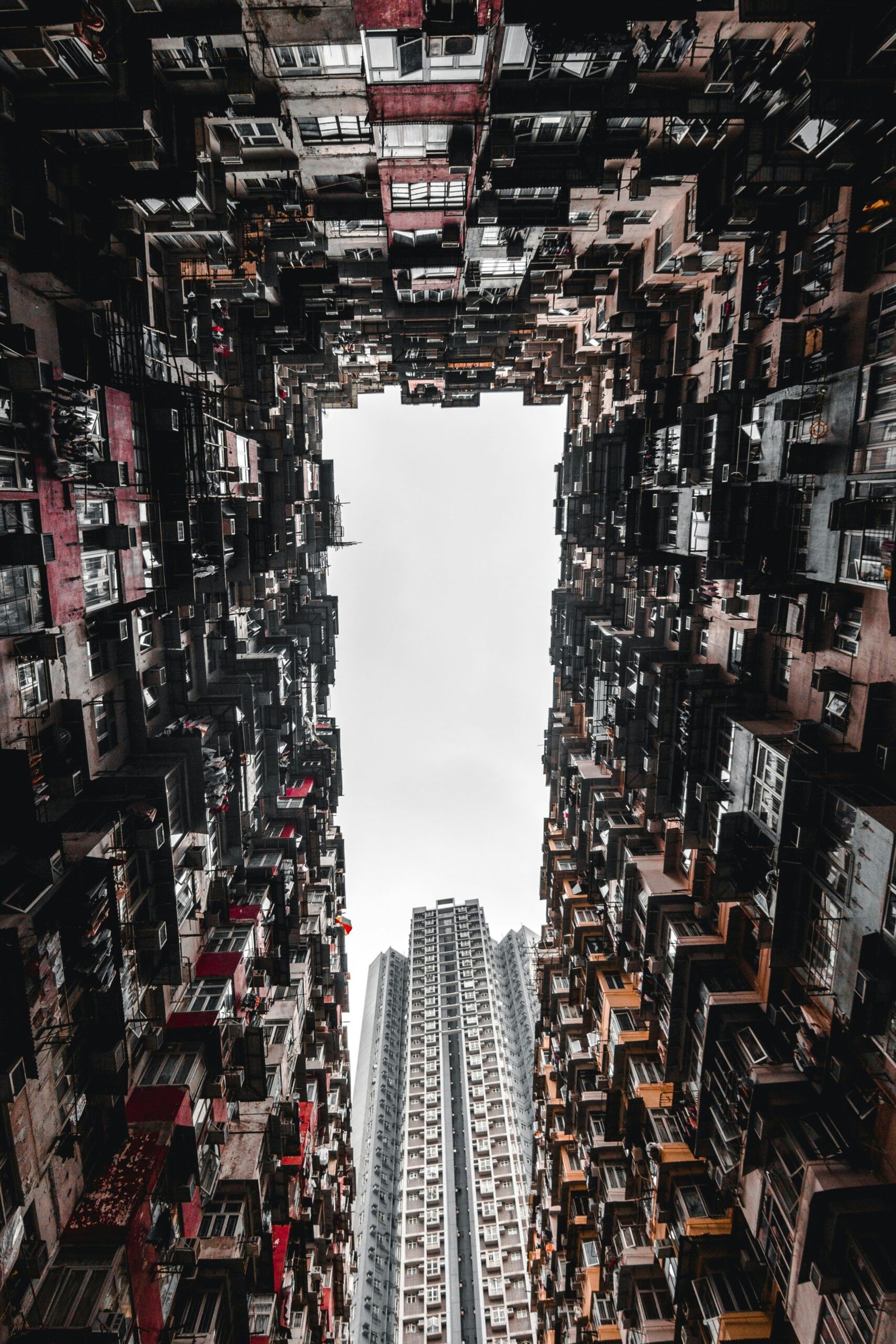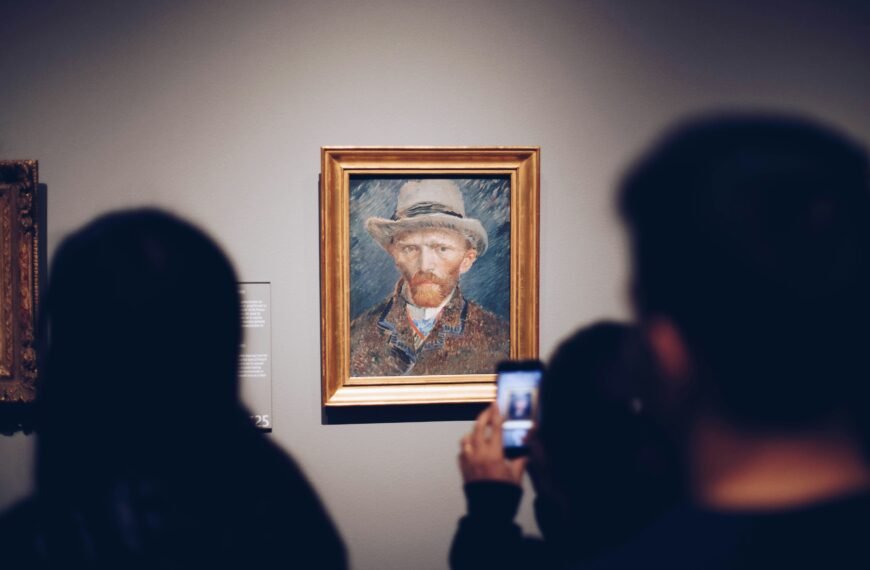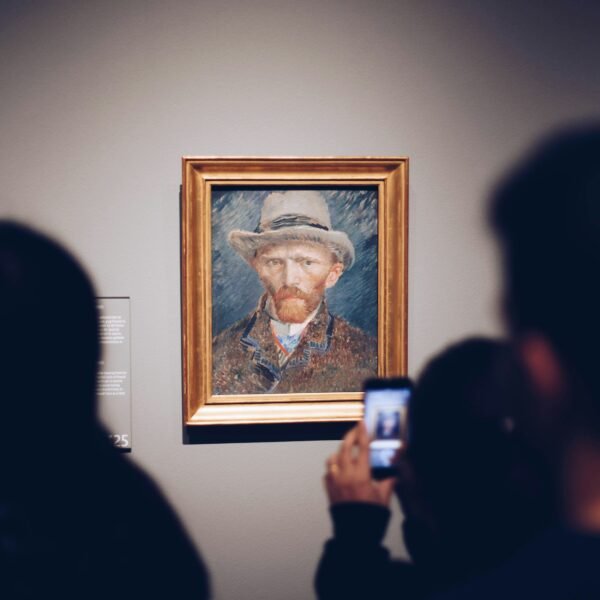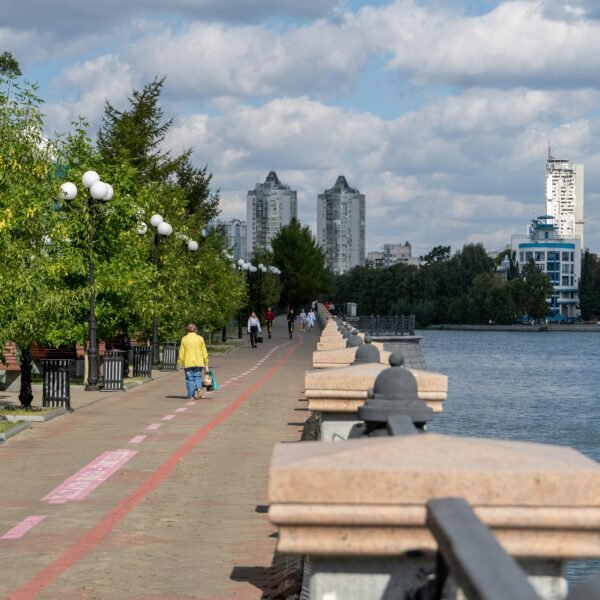Can architecture save the American downtown? That’s the question many are asking as urban cores across the country struggle to regain vibrancy post-pandemic. Architects are playing a crucial role in coaxing downtowns back to life, utilizing innovative strategies and designs to revitalize these key areas. Let’s explore how architects are reshaping urban landscapes and breathing new life into downtowns.

Challenges Facing American Downtowns
American downtowns are facing a myriad of challenges, from decreased office occupancy rates to negative perceptions in the media. With the rise of remote work and changing consumer habits, many urban cores have been left struggling to attract residents, workers, and visitors. Architects are tasked with finding creative solutions to revitalize these areas and bring back a sense of vibrancy.
Remote Work Impact
The shift to remote work due to the COVID-19 pandemic has had a significant impact on downtown areas. With office occupancy rates hovering around 50 percent nationally, many commercial buildings are sitting half-empty, leading to decreased foot traffic and economic activity. Architects must find ways to repurpose these underutilized spaces and attract new tenants to downtown areas.
Perception Challenges
Negative portrayals of downtown areas in the media have further added to the challenges facing urban cores. From concerns about safety to perceptions of lawlessness, downtowns have been unfairly stigmatized, deterring individuals from visiting or investing in these areas. Architects can help change these perceptions by creating welcoming, well-designed spaces that promote a sense of community and safety.
Strategies for Downtown Revitalization
Architects are employing a variety of strategies to revitalize American downtowns and bring back a sense of vibrancy. From repurposing commercial buildings to creating innovative public spaces, these design professionals are playing a key role in reshaping urban landscapes. Let’s explore some of the strategies being used to coax downtowns back to life.
Adaptive Reuse of Commercial Buildings
One popular strategy for revitalizing downtown areas is the adaptive reuse of commercial buildings. Architects are transforming vacant office spaces into residential units, retail stores, hotels, and mixed-use developments. By repurposing these buildings, architects can breathe new life into downtown areas and attract a diverse range of tenants.
Creating Mixed-Use Developments
Mixed-use developments combine residential, commercial, and retail spaces into a single property, creating vibrant urban environments where people can live, work, and play. Architects are designing mixed-use developments that promote walkability, sustainability, and community engagement, helping to revitalize downtown areas and create dynamic, diverse neighborhoods.
Enhancing Public Spaces
Public spaces play a crucial role in the vitality of downtown areas, serving as gathering spots for residents, workers, and visitors. Architects are enhancing public spaces through innovative design solutions, such as green infrastructure, public art installations, pedestrian-friendly streetscapes, and outdoor seating areas. These well-designed spaces help create a sense of place and foster social interaction, making downtown areas more welcoming and vibrant.

Case Studies in Downtown Revitalization
Two examples on the West Coast illustrate the promise and potential of architectural interventions in coaxing downtowns back to life. These case studies showcase how architects are creatively reimagining urban spaces and forging new connections within communities.
Seattle’s Alaskan Way Viaduct Transformation
In Seattle, the removal of the Alaskan Way Viaduct presented a unique opportunity to transform a once-severed urban connection into a vibrant public space. Once the elevated freeway was taken down, architects proposed various designs for parks, bike paths, and gardens to reestablish links between the city’s downtown and waterfront. This transformation project is a prime example of how architects can revitalize urban areas by repurposing existing infrastructure and creating new community-focused spaces.
The Reef at Seattle Aquarium’s Ocean Pavilion
The Seattle Aquarium’s new Ocean Pavilion, designed by LMN Architects with ThincDesign, is an immersive exhibit that highlights a diverse coral reef ecosystem. This innovative design integrates elements of nature, technology, and art to create a captivating experience for visitors. By fusing architecture with environmental education, the Ocean Pavilion serves as a beacon of sustainability and conservation in downtown Seattle.
The Future of Downtown Architecture
As architects continue to play a key role in revitalizing American downtowns, the future of downtown architecture looks promising. By embracing innovative design solutions, adaptive reuse strategies, and community-focused approaches, architects can help reshape urban landscapes and create vibrant, sustainable cities for future generations. Together, we can work towards coaxing downtowns back to life and building thriving, resilient communities.








